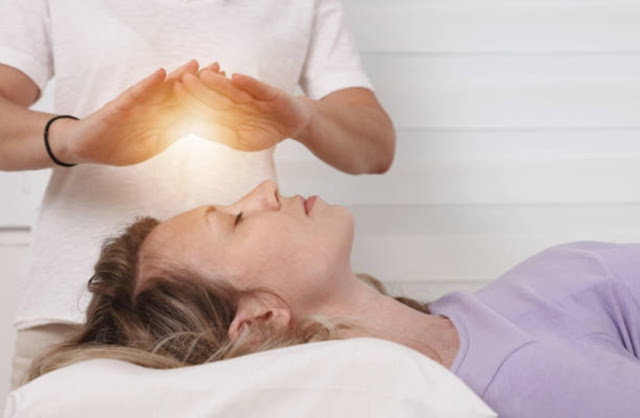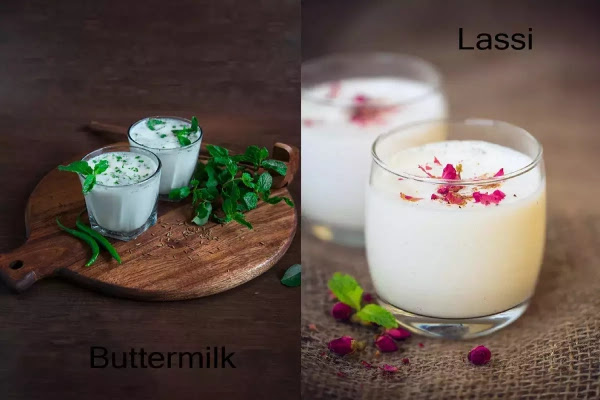Featured
- Get link
- X
- Other Apps
Handheld Light Wands and Skin Improvement

In recent years, handheld light wands have gained
significant attention in the realm of skincare. Promising a glowing, rejuvenated
complexion, these devices utilize various wavelengths of light to purportedly
improve skin texture, reduce wrinkles, and combat acne. With enticing claims,
it's natural to wonder: Can handheld light wands really deliver on their
promises? Let’s explore the science behind these devices and separate fact from
fiction.
1. Understanding the Basics: How Light Therapy Works
Handheld light wands operate on the principle of light
therapy, also known as phototherapy. Phototherapy involves using specific
wavelengths of light to stimulate cellular activity within the skin. Different
colors of light are believed to offer distinct benefits:
Red Light: Red light, typically in the range of 620 to 700
nanometers, is often associated with anti-aging effects. It's believed to
penetrate the skin and stimulate the production of collagen and elastin,
essential proteins for skin firmness and elasticity. This can potentially lead
to reduced fine lines and wrinkles.
Blue Light: Blue light, with wavelengths between 400 and 490
nanometers, is known for its antibacterial properties. It's used to target and
kill acne-causing bacteria, making it a popular choice for individuals dealing
with acne breakouts.
Amber or Yellow Light: Amber or yellow light, falling
between 570 and 590 nanometers, is thought to improve lymphatic flow, aiding in
detoxification and reducing redness in the skin.
2. The Evidence: What Scientific Studies Say
Scientific studies examining the effectiveness of handheld
light wands are a mixed bag. While there is some evidence to support their use
in specific skin conditions, the results are not always conclusive or
universally applicable. For instance, red light therapy has shown promise in
promoting collagen production, but the results can vary depending on the
individual, the device used, and the specific parameters of the treatment.
In the case of blue light therapy, several studies suggest
its effectiveness in reducing acne lesions by targeting Propionibacterium
acnes, the bacteria responsible for acne. Blue light therapy is often used in
dermatological clinics, and its efficacy is relatively well-established.
3. Considerations and Limitations: What to Keep in Mind
Consistency is Key: To see noticeable results, consistency
in treatment is vital. Most studies emphasize the need for regular, ongoing
sessions, which can be time-consuming and may not be practical for everyone.
Individual Variations: Skin types, conditions, and responses
to light therapy can vary widely among individuals. What works for one person
might not produce the same results for another.
Safety Concerns: While light therapy is generally considered safe, it's crucial to use these devices cautiously and follow the manufacturer's instructions. Prolonged exposure to high-intensity light can potentially damage the skin and eyes.
4. Professional vs. Home Devices: Understanding the Difference
It's important to differentiate between professional light
therapy treatments administered in dermatological clinics and at-home handheld
devices. Professional treatments are often more potent and come with a tailored
approach based on individual skin needs. Home devices, while convenient, might
not deliver the same intensity or precision. Consulting a dermatologist before
investing in an at-home light wand can provide valuable insights into its
suitability for your specific skin concerns.
Conclusion
Handheld light wands, with their promises of skin
rejuvenation and improvement, offer a compelling proposition. However, it's
essential to approach these devices with a critical mindset and realistic
expectations. While there is scientific evidence supporting certain
applications of light therapy, the results can be subtle and may require
ongoing commitment. For individuals seeking significant skin improvements,
consulting a healthcare professional or a dermatologist remains the most
prudent course of action. As with any skincare regimen, understanding your
skin’s unique needs and combining light therapy with a holistic approach to
skincare, including proper cleansing, moisturizing, and sun protection, can
contribute to a healthier, radiant complexion. In the quest for better skin,
knowledge, discernment, and consistency are your most valuable allies.
- Get link
- X
- Other Apps
Popular Posts
Refreshing Cold Soup Steps To Chill On Hot Summer Days
- Get link
- X
- Other Apps

